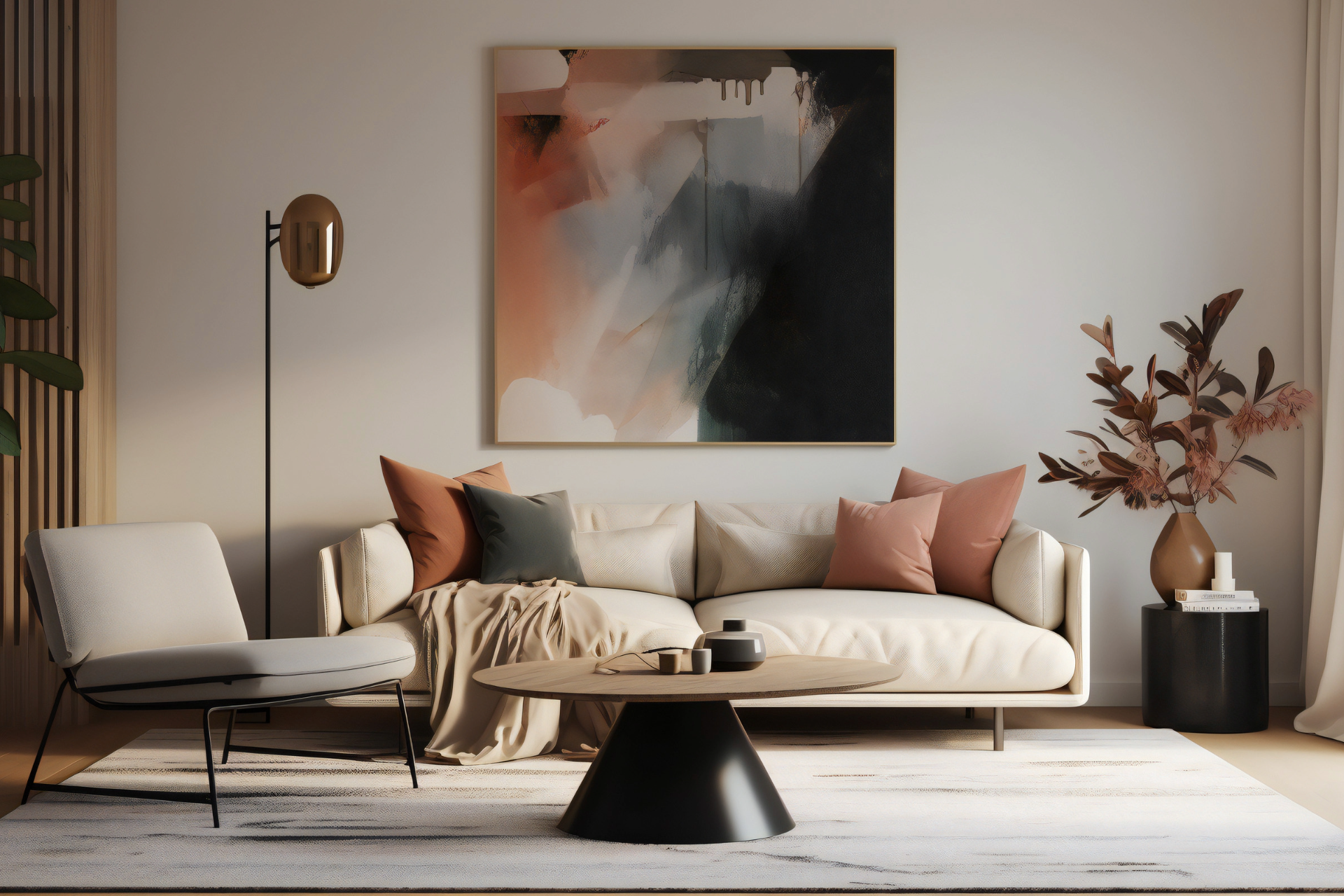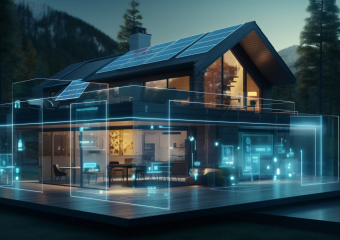From Floorplans to Finishes: Interior Design Trends in New Homes
When it comes to designing a new home, every detail matters—from the layout of the floorplans to the selection of finishes. The latest interior design trends reflect a growing desire for spaces that are not only beautiful but also functional and personalized. Whether you’re embarking on building a custom home or updating a newly purchased property, understanding current design preferences can help you create a living environment that suits your lifestyle and stands the test of time.
Evolving Floorplans: The Heart of Modern Living
One of the most notable developments in new home interiors is the shift in floorplan design. Traditional compartmentalized rooms are giving way to open and flexible spaces that foster connectivity and adaptability. Open-concept layouts remain popular, especially in the living, dining, and kitchen areas. These spaces flow seamlessly into one another, encouraging social interaction and making entertaining effortless.
However, homeowners are also seeking ways to incorporate privacy and zoning within these open areas. This has led to innovative layouts that use partial walls, sliding partitions, or multi-functional furniture to create distinct “zones” without sacrificing openness. Additionally, there is a move towards integrating home offices or study nooks within the main living areas, reflecting the rise of remote work and the need for quiet, focused spaces.
Another trend in floorplans is the emphasis on indoor-outdoor living. Larger windows, sliding glass doors, and spacious patios blur the line between the interior and exterior, allowing natural light to flood in and creating a calming connection to nature.
Choosing Finishes that Blend Style and Sustainability
Finishes are where personality truly shines in a new home. This year, the focus has shifted toward materials and colors that offer both aesthetic appeal and environmental responsibility. Natural materials like wood, stone, and metal are favored for their timeless quality and tactile warmth.
In kitchens and bathrooms, matte and textured finishes are gaining traction over glossy surfaces, providing a more relaxed and organic feel. Cabinetry often features flat-panel doors with minimalistic hardware, creating a clean, streamlined look. Meanwhile, quartz countertops continue to be a popular choice due to their durability and ease of maintenance, with many homeowners opting for subtle veining or soft patterns that resemble natural stone.
Color palettes lean toward warm neutrals, earth tones, and muted hues that promote calmness and versatility. Accents in deep greens, navy blues, or rich terracotta add depth and character without overwhelming the space.
Integrating Smart and Sustainable Features
Modern new homes are not just about aesthetics; smart and sustainable features are integral to contemporary interior design. Energy-efficient lighting, such as LED fixtures with dimming capabilities, enhances ambiance while reducing electricity consumption. Smart thermostats and automated window treatments help homeowners control their environment with greater precision and convenience.
Sustainability is also reflected in the choice of finishes. Low-VOC paints and finishes improve indoor air quality, while reclaimed or responsibly sourced materials reduce environmental impact. Many designers are incorporating water-saving fixtures and appliances, further aligning new home interiors with eco-conscious values.
Personalizing Spaces with Texture and Detail
As open-concept living becomes the norm, texture and detailing gain importance in defining and enriching individual areas. Layering different materials and finishes adds visual interest and helps break up large spaces. For instance, combining a plush area rug with natural wood flooring can create a cozy focal point. Textured wall treatments—like plaster, wood slats, or wallpaper with subtle patterns—enhance the sense of depth and sophistication.
Lighting also plays a critical role. Statement pendant lights over kitchen islands, wall sconces in hallways, and floor lamps in living areas not only illuminate but also act as decorative elements that express personality.
Final Thoughts: Designing for Flexibility and Comfort
In today’s ever-changing world, interior design in new homes prioritizes flexibility and comfort. From thoughtfully crafted floorplans that accommodate diverse activities to carefully selected finishes that evoke warmth and sustainability, the goal is to create spaces that feel like home for years to come. By staying attuned to these trends, homeowners can ensure their new environments are both inspiring and practical—a perfect foundation for the next chapter of their lives.







